As teachers, we’re always on the hunt for simple, meaningful ways to engage students in thoughtful discussion and creative expression. One free and often underused gem is the New York Times’ “What’s Going On in This Picture?” series, a weekly feature that presents a visually compelling, caption-less photo and invites students to ask questions, make inferences, and build stories around what they see.
In my upper primary classroom, this resource has become a reliable go-to, not just for English lessons, but for cross-curricular thinking, critical discussions, and building writing stamina.

Why This Works
There’s something powerful about presenting a striking image without context. Students are naturally curious, they want to know the who, what, where, and why. By withholding the caption initially, we give them permission to wonder aloud, to disagree, to imagine. This open-ended invitation to interpret is where the magic lies. It levels the playing field, every student has a voice, and there’s no “wrong” answer.
The visuals chosen by the NYT are diverse and surprising: a crowd of people balancing on windowsills, a man wading through a room filled with rubber ducks, children in a strange ritual or moment of play. These photos invite dozens of interpretations and raise more questions than answers; it is perfect for classroom dialogue.
Kickstarting Discussions
I usually start by projecting the image (though printing it out works just as well). I ask students:
- What’s going on in this picture?
- What do you notice first?
- What clues can you find about where and when this might be happening?
- What might have happened just before this moment? What might happen next?
- When do you think this photo was taken?
- Where was the photo taken?
Sometimes, I’ll add sentence stems like:
- “I think this might be… because…”
- “This reminds me of…”
This leads to oral language development, peer-to-peer engagement, and an easy entry point for all learners, especially those who are less confident with reading or writing.

A Springboard for Narrative Writing
Once students have explored the image through discussion, it naturally transitions into a writing activity. I often invite them to write a narrative inspired by the photo. The story can be grounded in realism or take a more imaginative twist, the choice is theirs.
Here’s a basic writing structure we’ve used:
- Orientation: Describe the setting and characters (based on the photo).
- Build-Up: What’s happening in the scene?
- Problem: What’s the twist or conflict?
- Resolution: How does it resolve or end?
We revisit the photo throughout the drafting process, mining it for details: clothing, facial expressions, background elements. It all adds to the richness to the writing.

Low-Tech, High Impact
One of the best things about this resource is that it requires zero tech in the classroom. A printout or photocopy works just fine. If you have a whiteboard, you can record student questions or theories as a group brainstorm. It’s accessible and flexible, no devices or logins required.
Ideas for Assessment
Assessment can be informal or structured. Here are a few low-fuss options:
- Oral Participation: Keep a checklist to track who contributes to discussions over time.
- Exit Slips: Ask students to write a single sentence summarising their interpretation.
- Narrative Rubrics: Use a simple rubric to assess story elements like structure, creativity, and descriptive language.
- Peer Sharing: Have students read their stories to a partner or small group, followed by reflection on how different perspectives emerged from the same image.
You can also have students return to the image after reading the actual caption a few days later. This reflective moment, comparing their initial ideas to the real context, opens up discussions about perspective, bias, and interpretation.

Finally
In a world packed with digital tools and structured curriculum demands, it’s refreshing to find a resource that’s simple, visual, and sparks genuine curiosity. “What’s Going On in This Picture?” is more than a warm-up; it’s an opportunity for critical thinking, creativity, and connection. Whether you teach English, History, or just want to build your students’ observational skills, this resource offers an easy and engaging way to bring meaningful discussion and storytelling into your classroom.
Give it a go and see where your students’ imaginations take them.


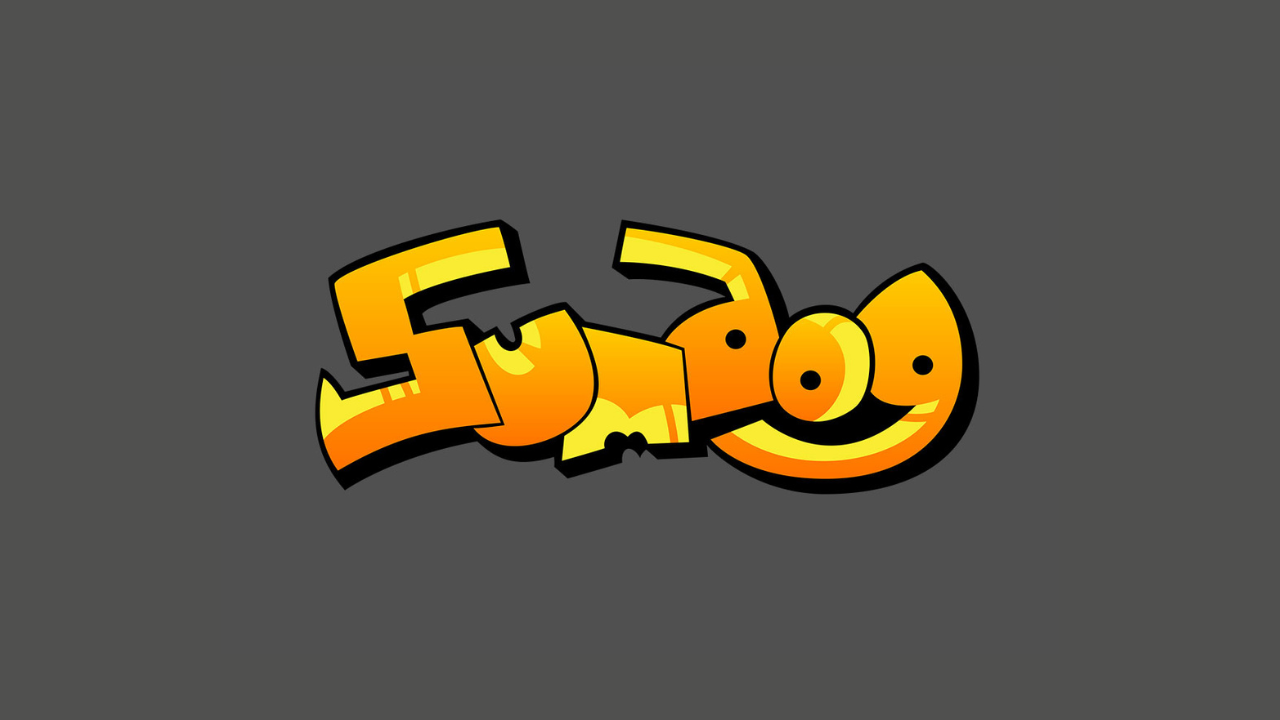
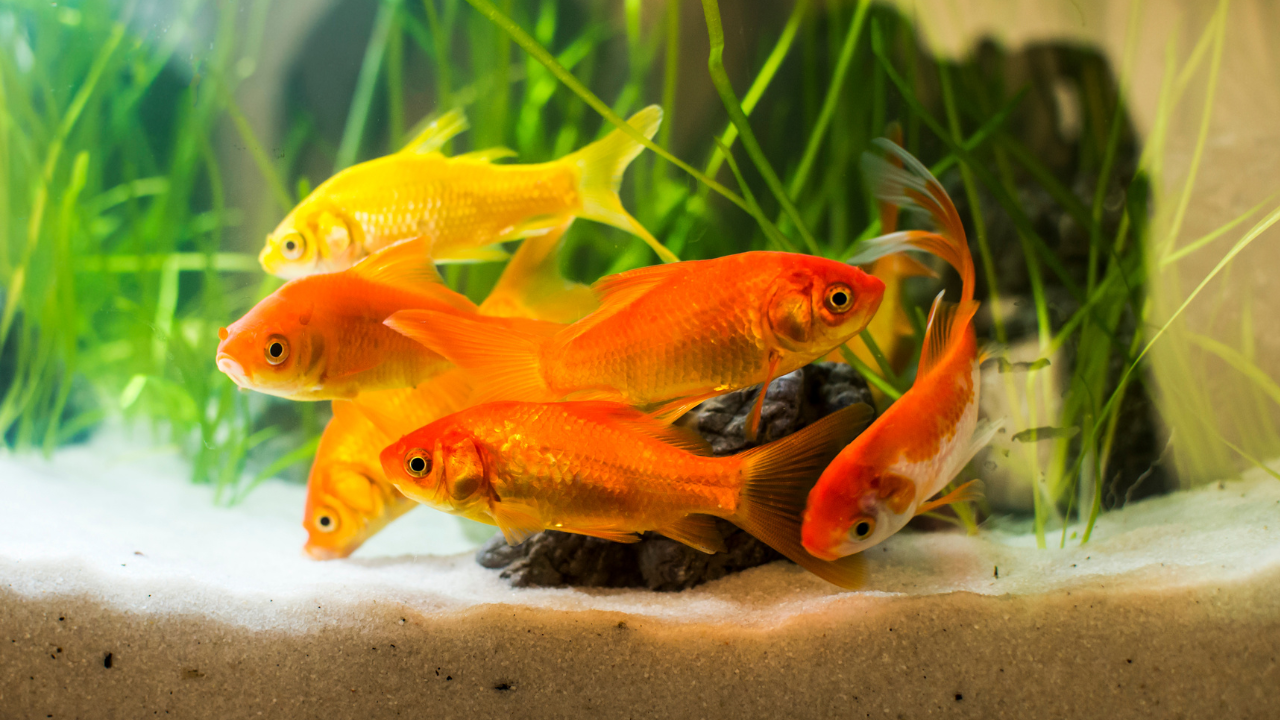
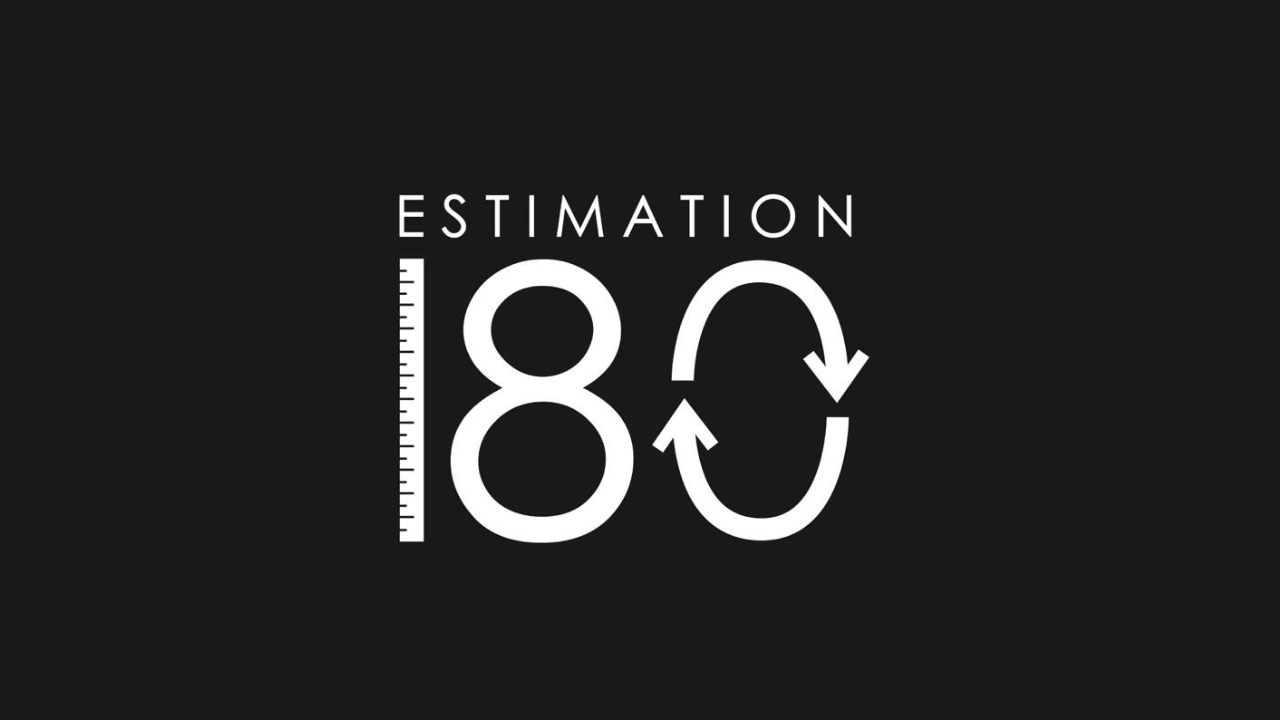


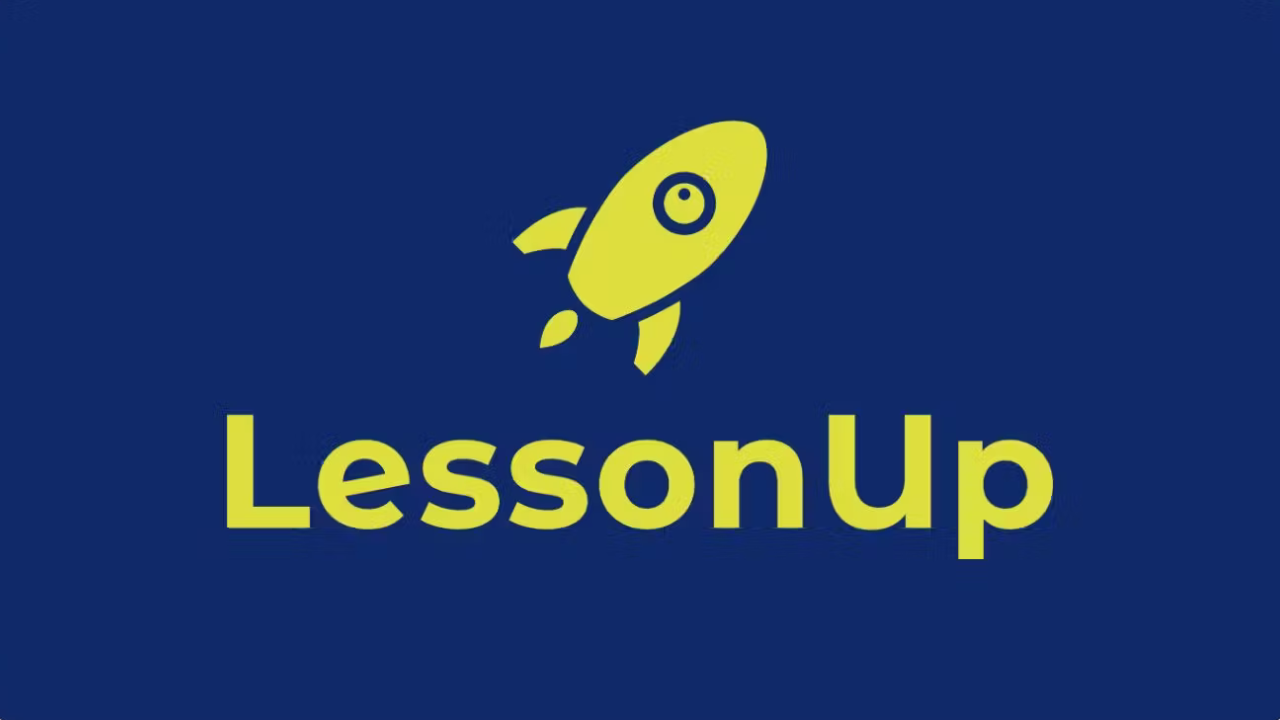

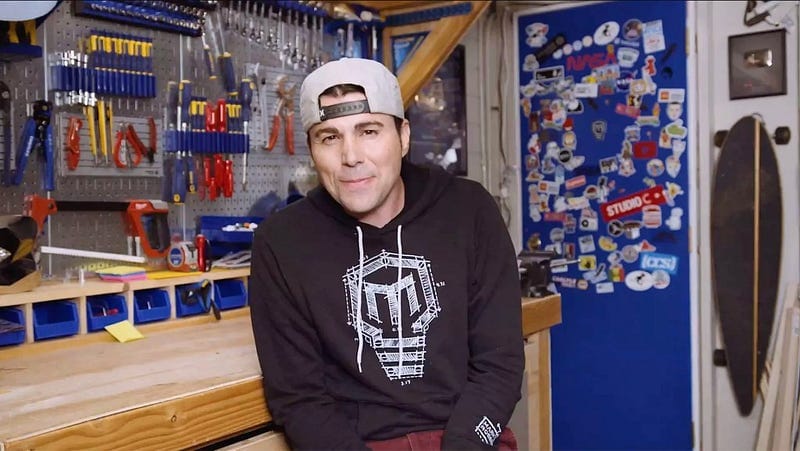

Discussion